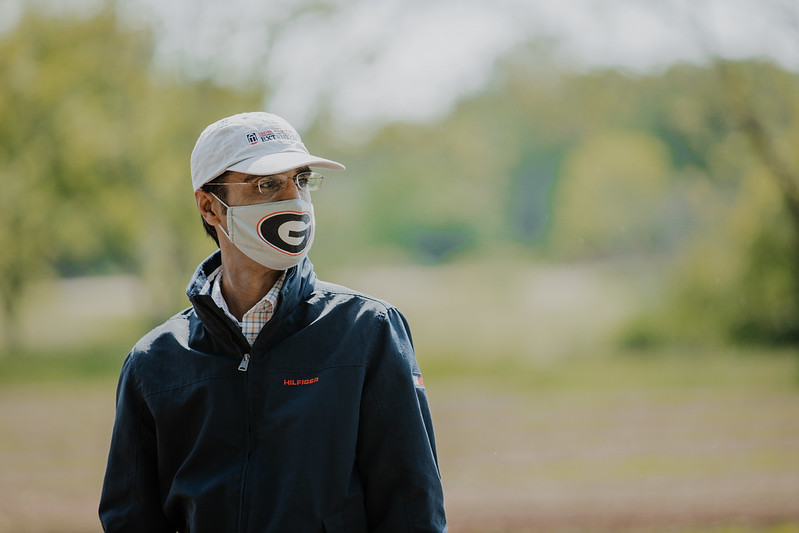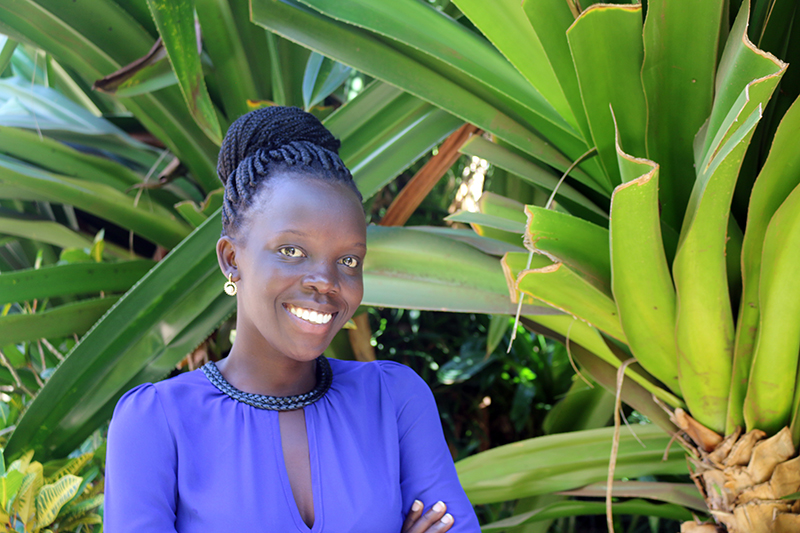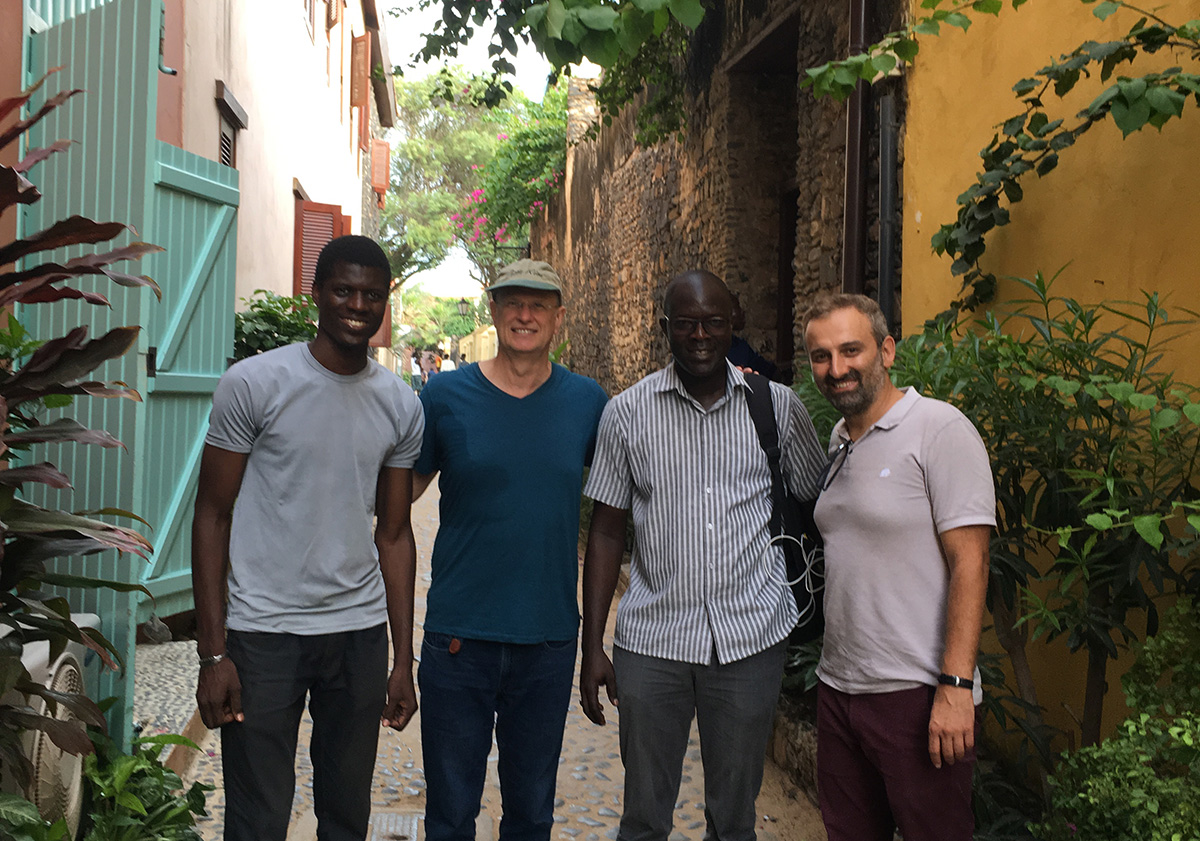 CAES News
CAES News
Young Senegalese Farmers
All over the world, farmers are aging and young people are moving to more urban areas for economic opportunities. Leaders wonder what factors push young people to abandon agriculture and whether technology or other tools can make farming a more attractive option for the next generation. Next week, researchers from the University of Georgia and Virginia Tech will present early findings from research exploring those questions in Senegal, where a team surveyed more than 1,000 peanut-growing households to explore challenges among peanut producers and learn the main reasons why young people turn away from agriculture.

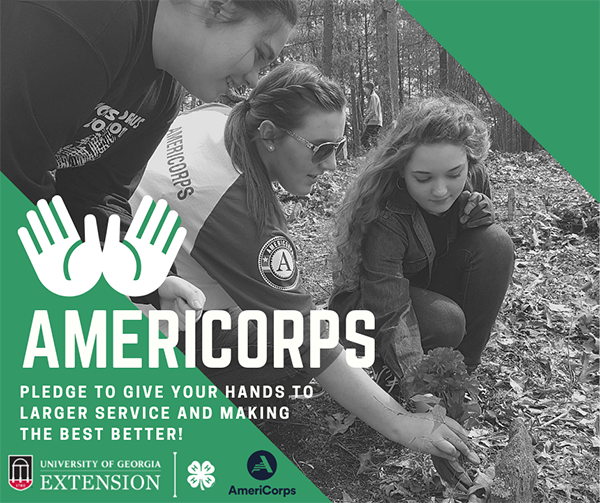
.jpeg)
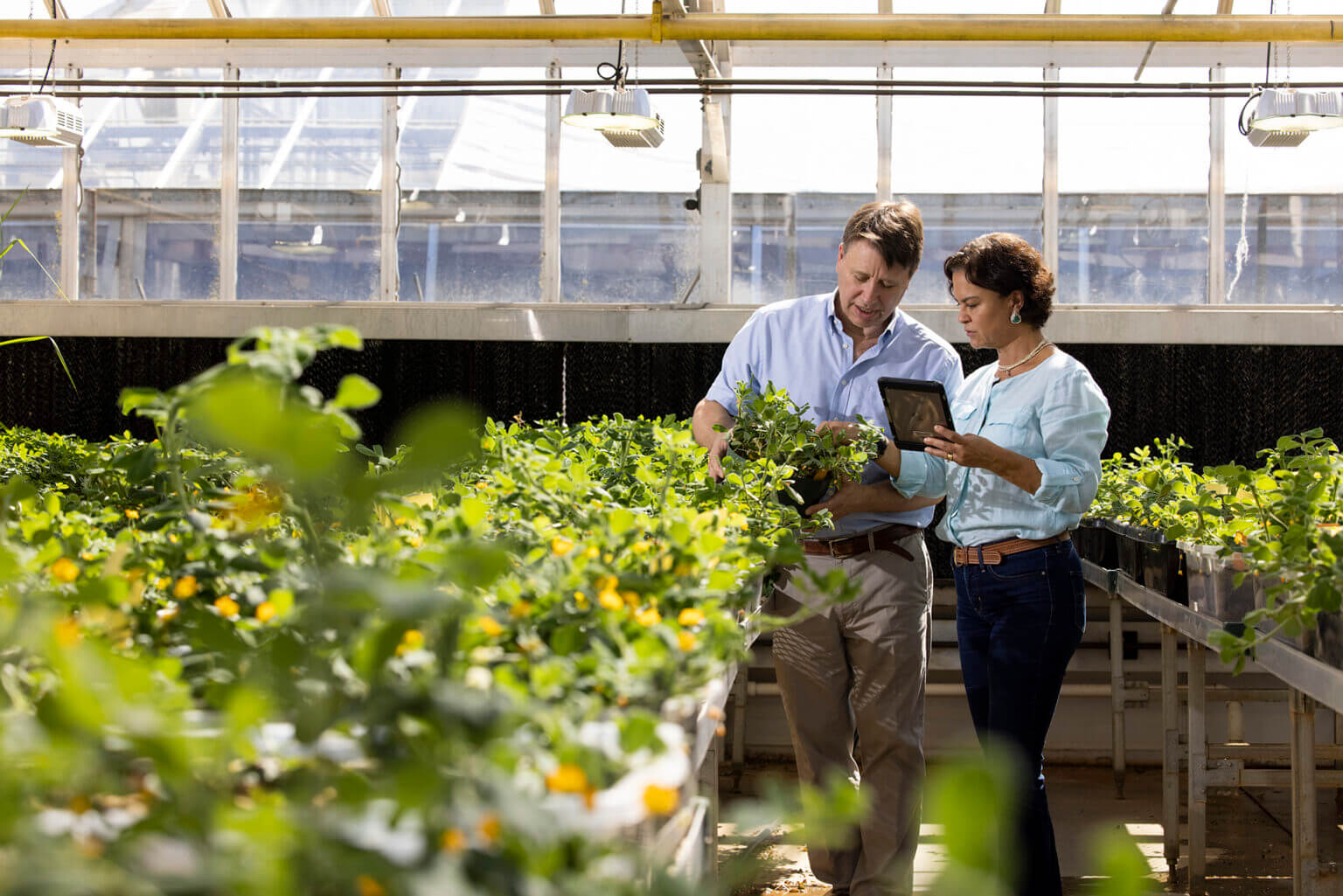
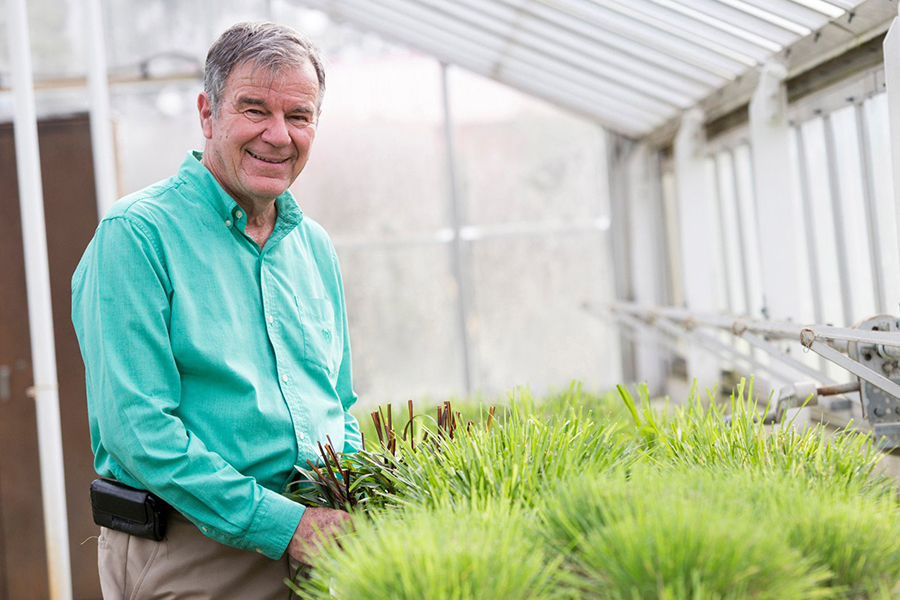

.jpg)
.jpg)
